by Alex Dueben
Finnish cartoonist JP Ahonen made a splash last year with his energetic graphic novel Sing No Evil (co-written by KP Alare), about a rock band that has to struggle not only with rival musicians but a supernatural invasion of their home town. Originally published in Finland, Abrams brought out the English edition. Here he talks about making the book, sequel plans and what comics are like in his native land.
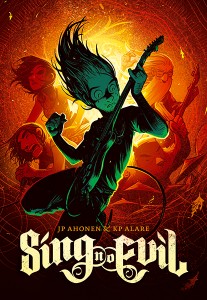
When I first started doing comics, they were all longer stories. At the time I was interested in Jeff Smith’s “Bone” and so Sing No Evil felt like getting back to my roots and my own way of storytelling. I’ve never felt quite at home with doing weekly strips. I was given the opportunity to do one and I thought it would be really good practice and having the need to actually push something on a weekly basis and keep it going. It’s worked out really nicely. At first I tried doing the weekly stuff as this sort of basic one liner gag comic, but at some point I realized that I was allowed to do other stuff as well. It’s changed more into this weekly sitcom, in a way. There’s an ongoing storyline but the strips work as individual gags or scenes. When I collect the strips into a book I feel it reads a lot better. There’s more storytelling and more layers when you read them collected.
Those weekly strips of yours have a more traditional layout and in “See No Evil,” right from the beginning, you throw that out of the window.
I like to make good use of the medium. When it’s down to Earth–just people chatting or whatever–I feel the conversation should be easy to read and easy on the eye. For contrast when there’s a gig or an action scene, you’re free to go completely nuts. For me it’s something that feels natural and I hope it translates to the reader as well.
If the dialogue is the focus, you just use a grid.
The dialogue is one thing but I also want the reader to be able to focus on how the characters behave. Acting and directing and all that stuff is really important. One of my favorite scenes in the book is where Aksel sees a glimpse of Lily and his toes go like this. His body language shifts and I feel that keeping the same point of view so you can actually compare them side by side works the best, instead of spinning the camera all around, having closeups and have everything jumping around. That’s confusing and unnecessary.
Is the idea of making good use of the medium one reason you have a character like Bear, because there’s no real reason he’s an animal.
The other bands have animals as drummers as well.
True, but it’s not like there are a lot of animals in the book.
No. Bear is there firstly just for the sake of it. [laughs]
You like drawing bears?
Actually, no. [laughs] It was pretty difficult at the beginning, but I’ve gotten a lot better, I think. It also sets a baseline through the whole story that from the beginning the reader knows this is not really serious stuff and something unexpected might happen. I hope it works in that sense. Plus KP–my co-writer–and I are both guitarists and admire drummers. To us, they’re like animals. How can you use all your limbs and that choreography of knowing where everything is and keep up the tempo? There’s a symbolic value as well.
As you say, it’s a cue for when the story takes turns and becomes more fantastic, it’s not completely out of the blue.
There are other elements backing that up along the way. We were actually discussing it a lot with my Finnish editor but we all agreed that it works. On a second reading you can enjoy all the different clues and hints that you might have missed the first time. It also emphasizes the idea that the rival band’s leader notices that the pieces have been there all the time, but he hasn’t seen it. It depends, of course, on the reader whether you like it or not.
The two of you spent a lot of time working out the structure?
Yes we’ve been really meticulous and anal about it. Especially me since, like I said, I really like to make good use of everything.
The more fantastic elements are something that wouldn’t fit in your weekly strips. If it was just a drummer and his girlfriend and the band, it could have fit there.
I missed doing action scenes, huge spreads and splash pages and really going crazy with the pacing and composition and trying out different techniques with the storytelling. Longer storylines might work in daily strips, but in the weeklies it’s difficult for the readers to keep track of what’s happening, what occurred last week and so forth. It just breaks up the pacing.
You mentioned before that you were working on a sequel. Had you always planned to do more than one book?
KP and I both felt there was more to this, so we kept some parts of the story back–but designed the first book as a standalone so it would work if only 15 people picked up the book and said, meh. [laughs] But I’m glad we get to do a sequel and hopefully other books as well.
How many books do you envision?
It’s either four or five books depending on how we’ll structure the material, but at this hour we have a synopsis for five books.
Do you want to say anything about the next book you’re working on?
What I can say is the band goes on tour and we venture more into Lily’s past. What we’d like to do is shed more light on each of the band members with each book. That’s why I want to keep it as five books.
There’s that scene where Lily had a very interesting response when Aksel asked her about her parents.
Yes. [laughs] That’s the direction we’re heading in.
Was it a challenge for you to draw the concert scenes and draw music?
I think the main challenge was making up my mind and trying to figure out which sort of approach would fit the best for each of the concert scenes. That’s what I gave a lot of thought to. The hardest part was trying to make up my mind in how to approach the concert scenes. When I had those locked down it was fairly easy–and super fun–to do the graphics and just go nuts with the layouts and energy.
Did you and KP actually write songs?
Yes. There are some lyrics that are borrowed from actual bands just to give the readers the opportunity to venture into what has inspired us and what the band’s sound might be like, but all Perkeros’s lyrics are mine.
You also translated the book from Finnish into English.
I hope it works. I got a lot of help from the Abrams staff and I think we found a way to rework all the Finnish puns. The Finnish version has a lot of wordplay with the terminology and the slang of music, brain chemistry and spells that’s been worked into the dialogue. I noticed that some of those just don’t translate. I got a lot of help and I hope we managed to get a text that is almost as rich as the original.
What is the Finnish market like? I know a lot of comics are published in Finnish.
Yes, it’s a small market. We’re only about six million people. There’s not the same kind of comics reading culture as in France, for example. The people who are making a living out of comics in Finland are the ones who have a daily strip which are then collected and then they have merchandize. Then there are guys like me who are somewhere in between. I hope I can continue making these so I don’t have to find other work.
It will be interesting to see what the reception is in, for example, Italy and Spain and Germany, where this has just come out. I feel like what I heard from my French publisher was that the feedback and the reviews have been good, but I think it’ll take a few more volumes to get our names out there. Let’s face it, we’re nobodies. [laughs] I understand we’re not your first choice in picking something up.
In Finland, is the model more Franco-Belgian albums or is it like Germany or Italy and places where it varies more.
It varies a lot. The majority is small press artsy stuff, I think. And then there’s a huge manga fanbase. I’m interested to see how that transposes later on and how that talent will transform into their own styles. Right now they’re copying their heroes, but some of it is mind-blowing. I’m really looking forward to that.
Who are the big artists in Finland that we should be reading?
The current best-seller is Pertti Jarla (http://fingerpori.org), who’s currently the biggest name in Finland, I guess. He works on “Fingerpori”, a daily strip that’s published almost in every newspaper of the country.
Tommi Musturi (http://boingbeing.wordpress.com) is versatile and very active in running his own publishing company Huuda Huuda (http://huudahuuda.com). He’s focused more on indie and small press stuff. There’s Ville Tietäväinen (http://linjamiehet.fi/villetietavainen/omatteoksetauthor/) whose insanely gorgeous graphic novel “Näkymättömät kädet” (Invisible Hands) tells about a Moroccan illegal immigrant that leaps over to Spain in search for work and money for his family. The story runs almost like a documentary, shedding light on the gruesome life of illegal aliens.
There are a lot of authors I expect big things from, including Tuuli Hypén, (http://www.tuulihypen.com) who’s been working on “Nanna”, a daily comic strip for years, and has now made her first children’s book. Her art is beautiful and I’m looking forward to what she has in store. Emmi Nieminen (http://mobile-emmi.tumblr.com) is super good, and her artwork is on par with all the pros I look up to. So far she’s been working on short stories, but I’m really expecting something big from her. Tea Tauriainen (http://madteaparty.sarjakuvablogit.com) is known for her trippy semi-autobiographical webcomics, which she’s collected in two volumes so far. I guess her random stories, quirky humor and crazy attitude just appeals to me.
So the comic books that are big tend to be collections of comic strips and not as many graphic novels?
It’s really a tough climate to do graphic novels. I feel that it’s also partly why there aren’t more Finnish books translated.
Yeah I’m not sure how well comic strip collections do well here, but we get almost none from abroad.
Yeah I’ve understood that there’s not a place for strips in France–and not much anymore here, either. I had to work double shifts in 2011 and take all the freelance gigs I could, just to get enough of a financial buffer–and by the time I got to “Sing No Evil” I was burned out. [laughs] It also ended up taking way more time than I had budgeted. It’s hard, but I hope that other Finnish artists get to do longer stories because I think their work is on par with the foreign market. It’s just a shame that only 800 people end up reading it.
You went to school at the University of Lapland, which is where you met KP, is that right?
Yeah, we both went to university there. I had something completely different in mind when I finished high school, though.
Is that up in the far North of the country?
You’d be surprised. It’s maybe halfway-ish. The Arctic Circle lies maybe ten kilometers from the city center. Even I was surprised when I was living there to look at the map and see, wow, the country goes on and on from here. I think it was a good thing that I ended up there instead of Helsinki. Pretty much all the other students came to that city from elsewhere as well so we ended up making a really tight bunch. We were really active in organizing events, parties, doing an anthology and so forth. It was like we were all in the same boat that floated somewhere in the tundra stuck in the ice. [laughs] I remember my first day meeting my fellow classmates and ending up in a bar together on a Monday. We hit it off. That was partly where the inspiration for my weekly comic strip came from. A lot of that was worked into that strip. It was a fun place.


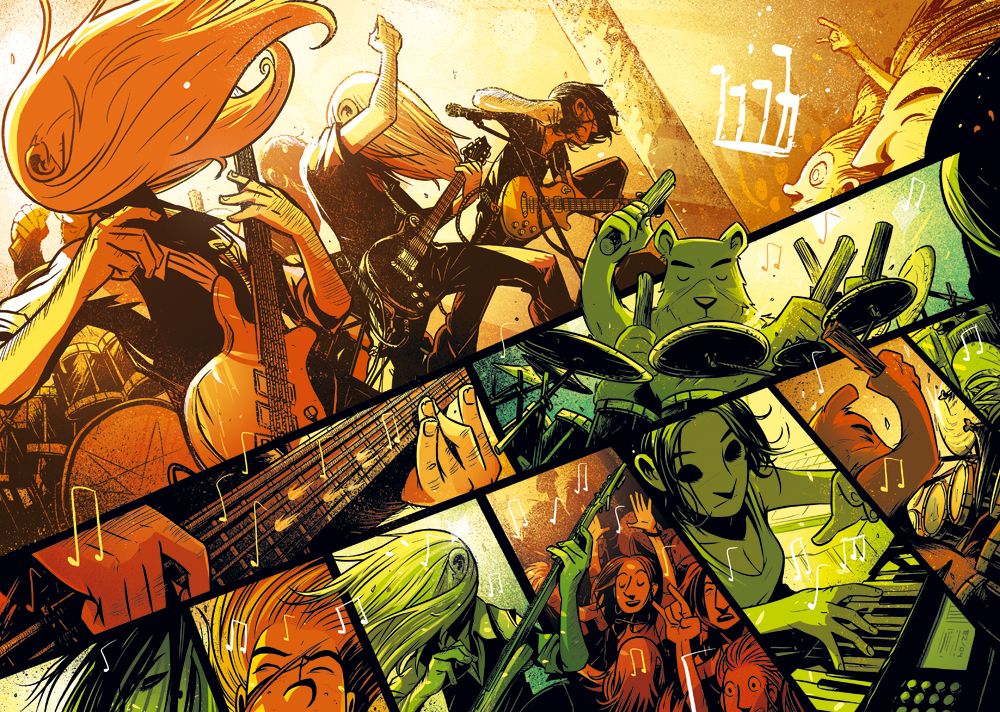
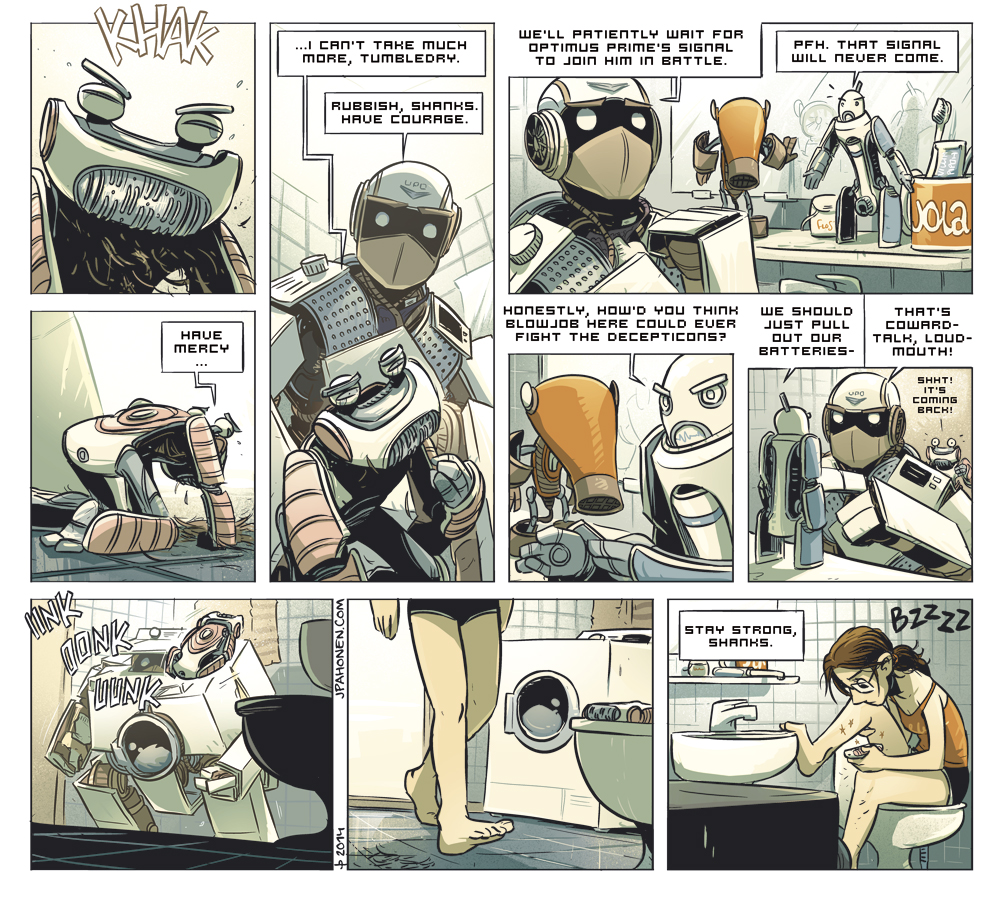
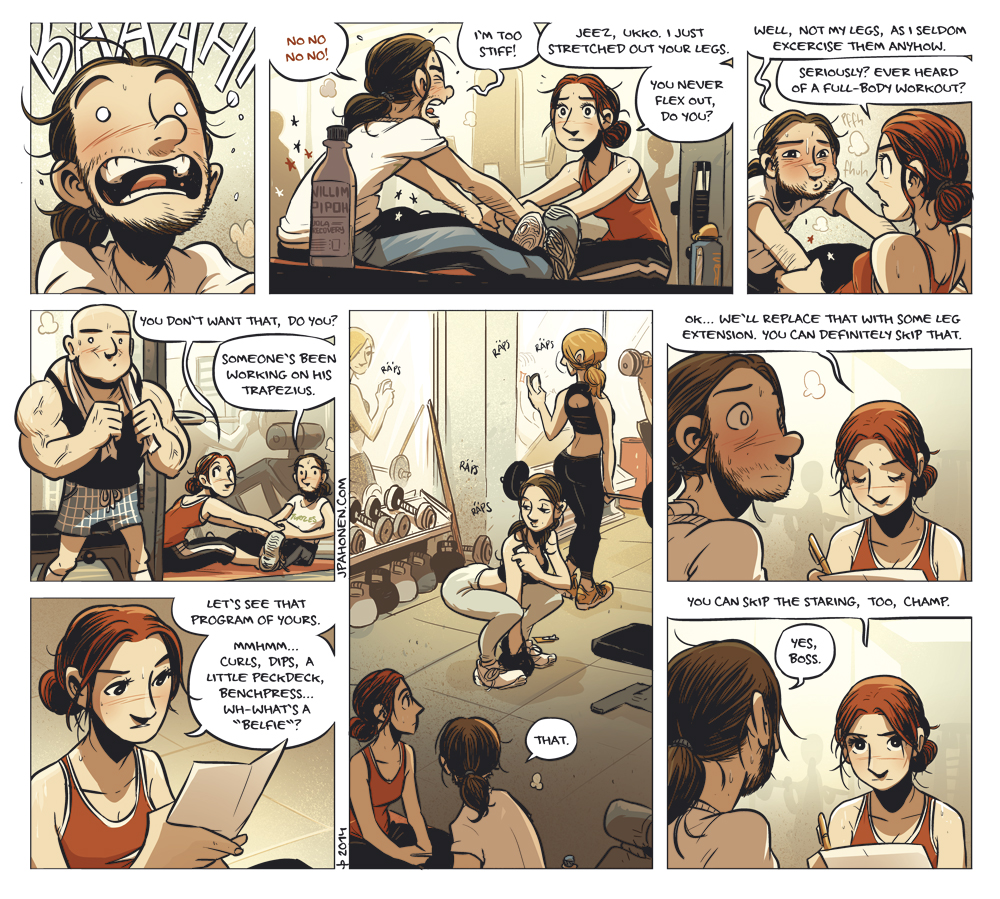
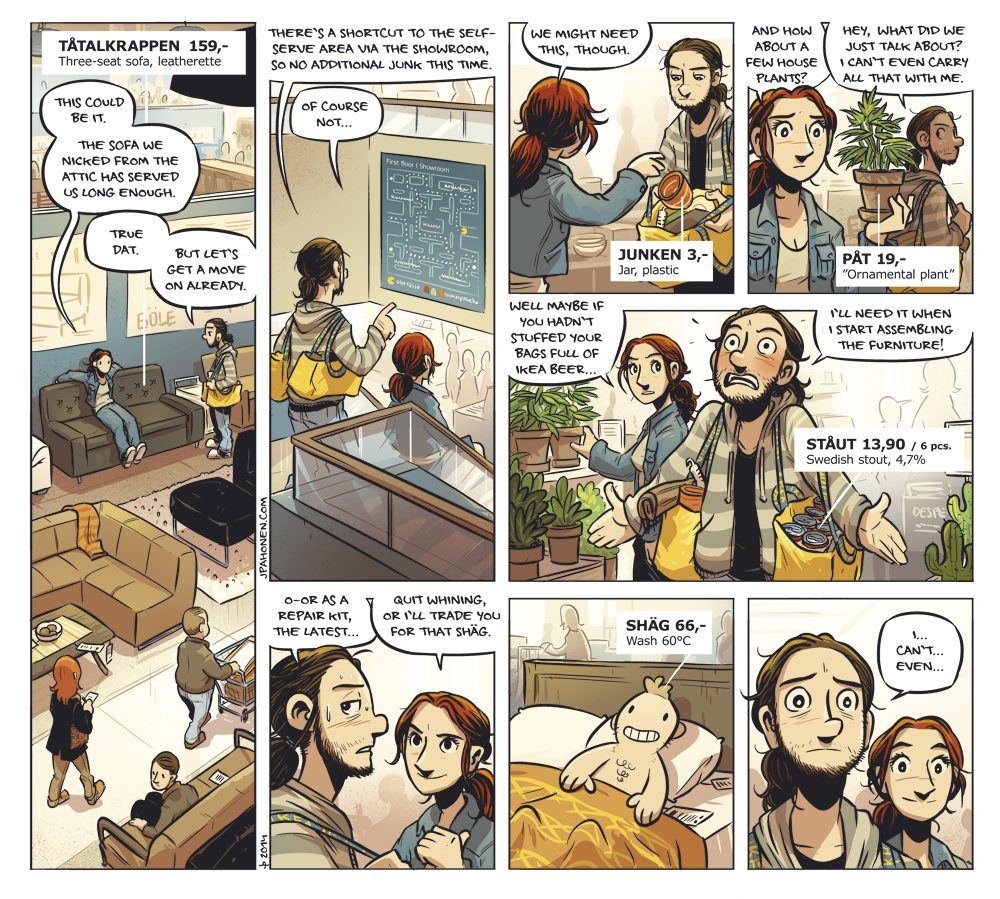
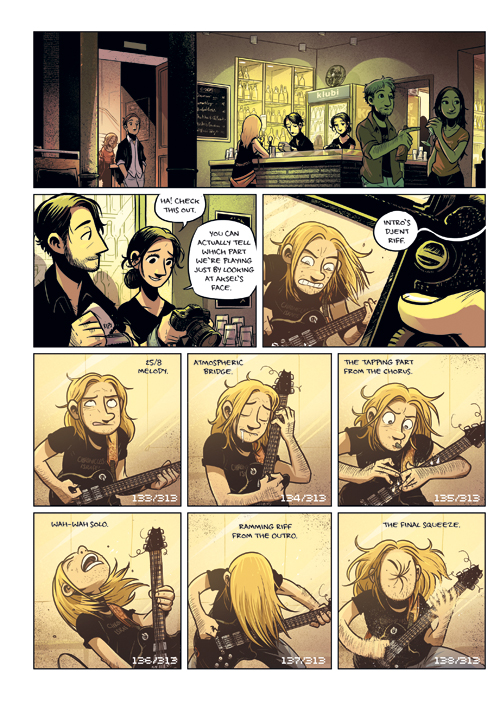
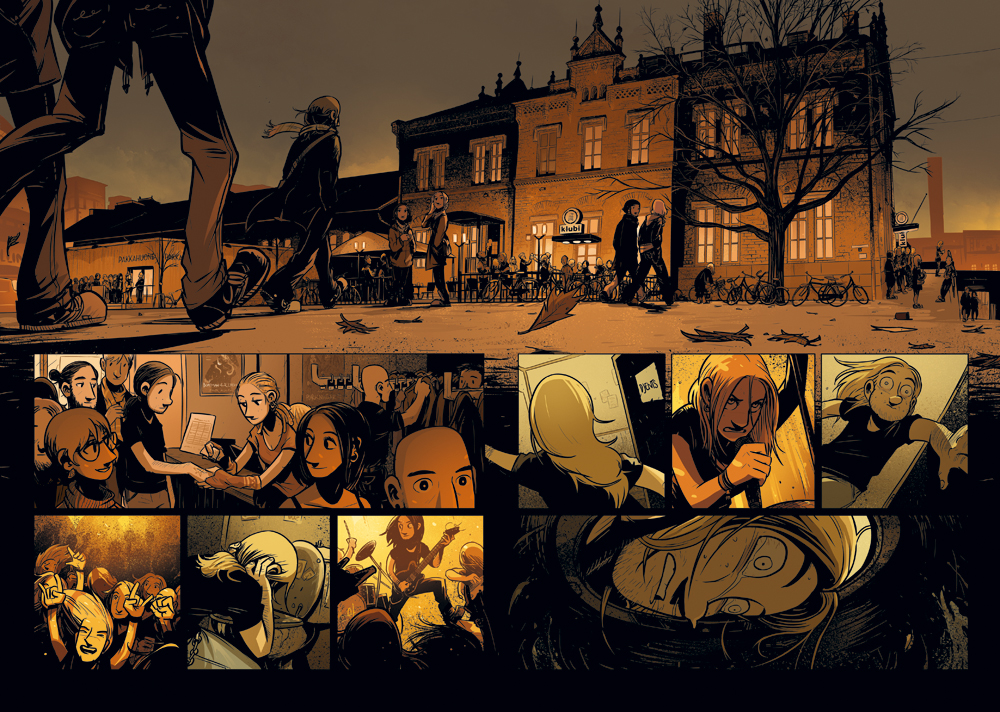
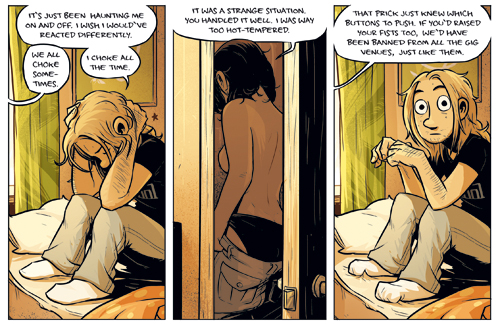

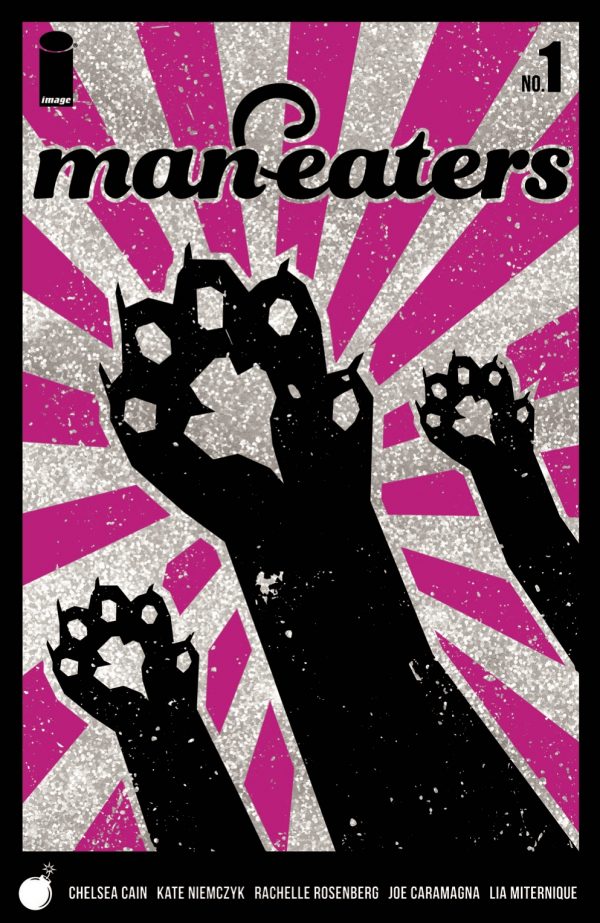
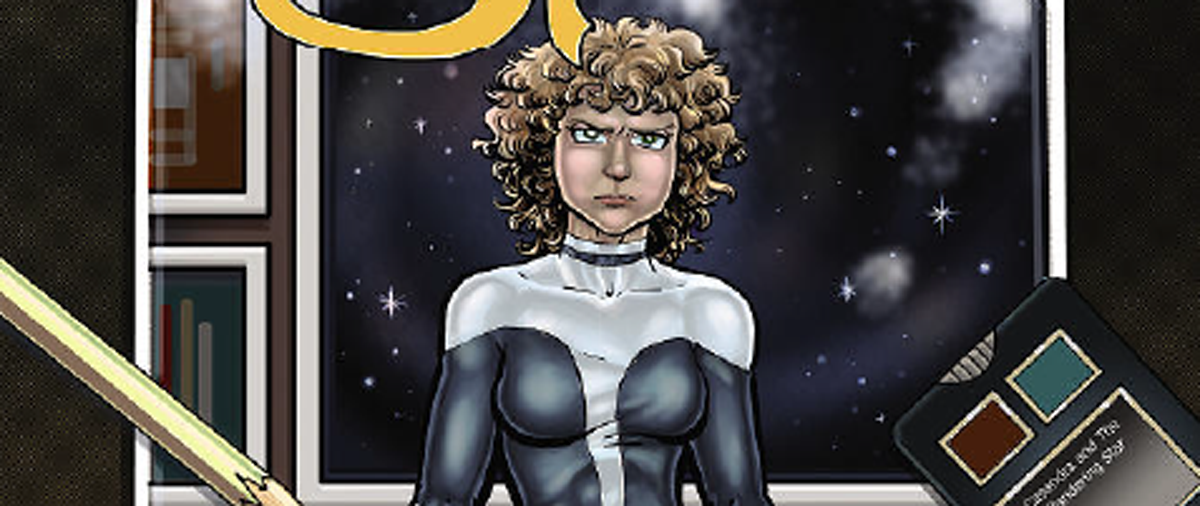
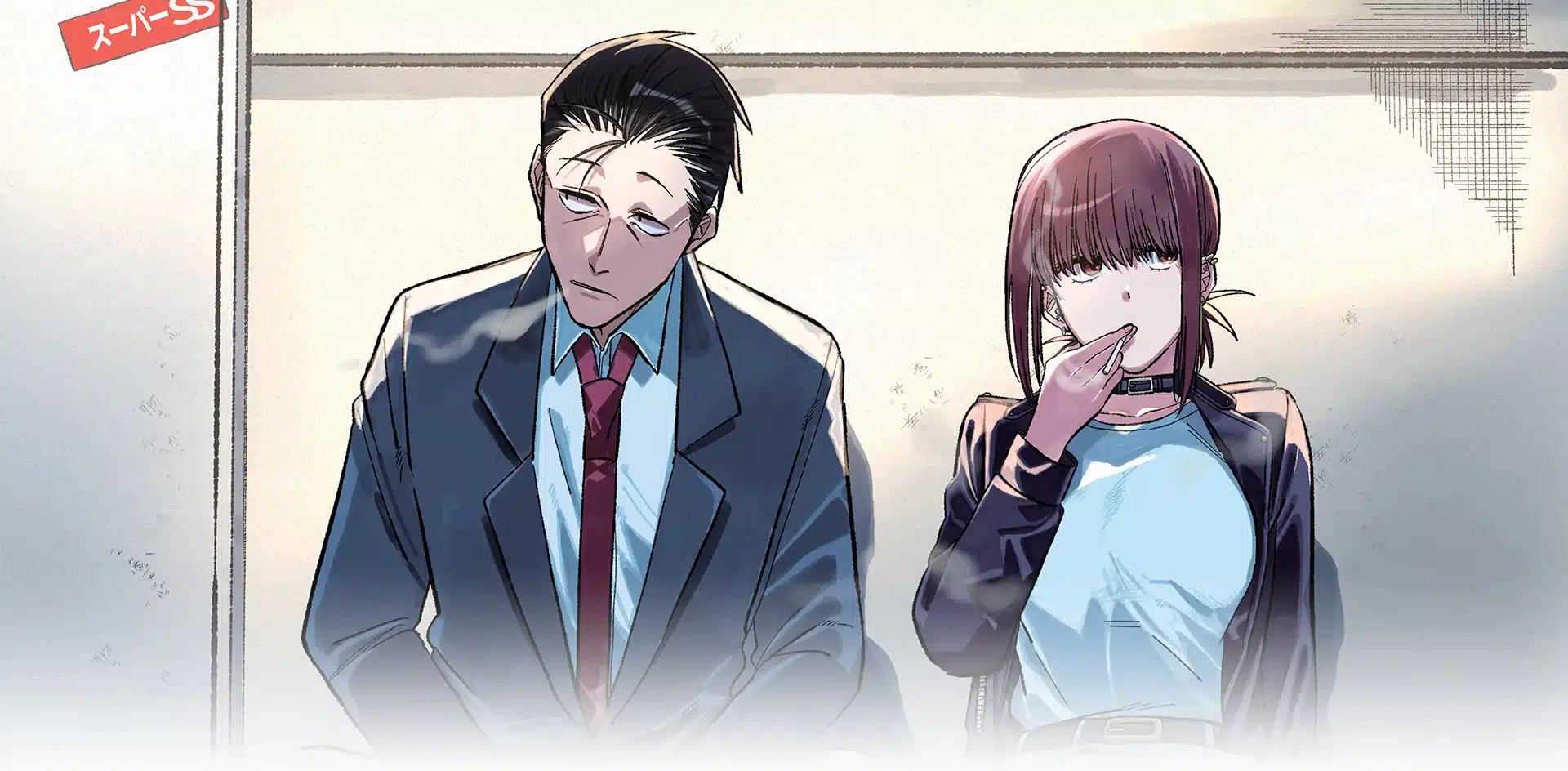

Comments are closed.